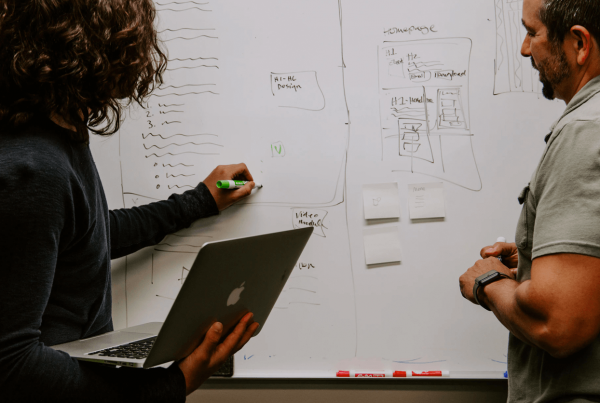We’ve worked on a lot of projects here at OneSpring. The most successful projects, and interesting ones, were those that relied on rapid experimentation. What I mean by that is the ability for the team to experiment by creating and testing numerous prototypes and concepts.
The idea behind this is to test drive ideas quickly and at a very low risk. One of the issues with defining and developing software is that everyone thinks they know what they want early in the project. It’s not until many prototypes later do new ideas surface that no one previously thought of before. It’s all about surfacing new ideas using group collaboration and brainpower to do so. This concept is performed daily in the movie industry and the arts but is rarely performed successfully in the software industry, especially on complex enterprise projects.
The way to do this is to carve out two to three weeks in the beginning of a project to experiment at a very high-level. The prototypes created don’t have to be detailed; they should be rough drafts of the concept. This would be similar to an artist sketching an image on a napkin. Experimenting with concepts, even if you think you know what you want, is a great exercise to help flesh out new and thought provoking ideas.
About the author: Jason Moccia is the President, COO, and Co-founder of OneSpring. Jason has over 14 years of experience in the software development field. In addition to operating as President and COO, he also runs the company’s Federal side of the business. His philosophy of doing one thing better than any other company emanates throughout OneSpring’s core strategy.



